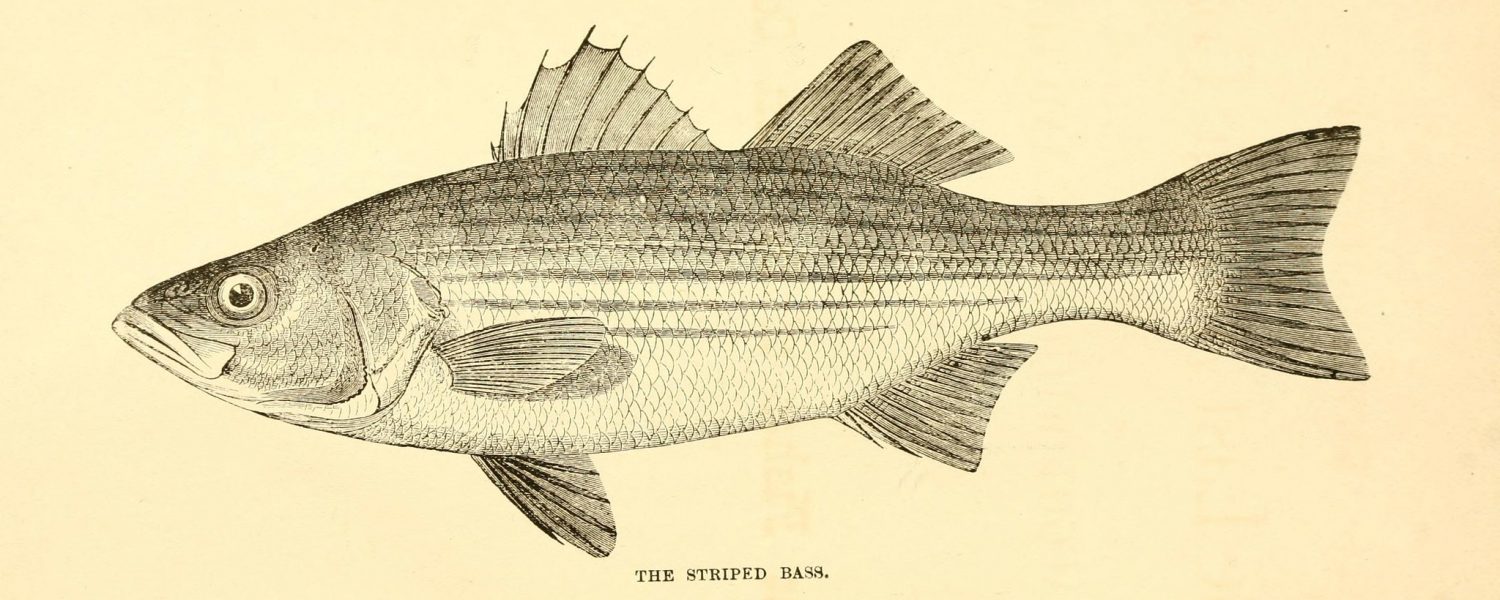Tips for one and all about how to catch ’em all!
SOURCE: Ben Sander’s ArkansasStripers.com
First, make sure you are fishing in a lake that has an established hybrid stocking program.
At present, hybrids are stocked in many lakes in North Carolina including Lake Norman, Hyco Lake, Moss Reservoir, Oak Hollow Lake, Lake Townsend, Lake Thom-A-Lex, Salem Lake, W. Kerr Scott Reservoir, High Rock Lake, Lake Hickory, Tuckertown Lake, Badin Lake, Lake Tillery, Blewett Falls Reservoir, and Hiwassee Reservoir. Hybrid Striped Bass fishing is typically best during the twilight hours (sunrise and sunset). On calm summer evenings you can see them breaking the water’s surface chasing schools of shad.
Watch the Birds
Look for birds — seagulls, terns, and loons — diving into the water. These shorebirds migrate inland from the coast during the winter when coastal bait is scarce. Once inland, they feed on reservoirs where cold-weakened forage fish are vulnerable. The feeding activity of these birds can be seen from far off. When the birds begin diving into the water, it’s almost a sure sign that striped bass have pushed bait to the surface and are feeding on the forage fish from below.
Shore anglers
Striper Hybrids feed close to shore and attack their bait and are active predators and can be caught on a variety of artificial, live, or cut baits. In Arkansas Hybrids main food is shad, so just about any artificial bait that looks like a shad will work. Popular artificial baits are soft plastic jerk baits, crank baits, casting spoons, and spinner baits. Large shiners or shad, live or cut, are also popular baits; however, if no fish are available, chicken liver can be an effective bait. Live and cut baits can be suspended under a bobber or over the side of a boat. In tailwaters of dams, use a large weight to keep live or cut bait in the current below the dam outflows.
Look for current
Anglers take a few hybrids while fishing for catfish, largemouth bass or white bass. However, to increase your chances of hooking a hybrid, try specifically targeting them.
Hybrids are attracted to flowing water. Tailwater areas below dams are good fishing locations when water is flowing either through the spillway gates or turbines of the dam.
Also, natural springs and the mouths of feeder creeks after heavy rains can attract hybrids. The fish will usually not be in the fastest water, but off to the side waiting to ambush their prey (or your lure). Areas with current are productive throughout the year. Hybrids also travel up reservoir tributary streams right along with the white bass during April and May.
Main lake points
During the summer months, you can catch hybrids by trolling deep-diving crankbaits over main lake points or near the edge where a flat drops off into the channel. The most productive times are low light periods (dusk and dawn) and overcast days. The key is to get your lure to bounce bottom in 14 to 17 feet of water. This can be done by adding weight to your lure and by using a low stretch/small diameter line. Hybrids occupy distinct spots on structure, so if your trolling, passes need to be exact. Anglers should line up shoreline objects and troll between them. Most strikes will come while trolling with the current because the fish like to hold on the down-current side of points.
You can catch hybrids on a variety of artificial baits
In fast water situations, such as those encountered below dams, heavy spoons and jigs are popular baits. For areas with less current, imitation minnow baits and other crankbaits are effective. Hybrids also can be caught on shad or liver. When fishing for hybrids, leave the crappie and bluegill rods at home. Hybrids are incredibly strong, hard-hitting fish. If there is a weak link in your tackle, a big hybrid will point it out to you. A long rod with some flex to it helps absorb the shock of the initial strike and keeps the hooks from pulling out of the fish’s mouth. When a hybrid does hit your lure, it usually happens so fast that if the fish does not hook itself, it often throws the lure before you can react. Sharpening the hooks on your lures is the best way to keep fish from getting off.
